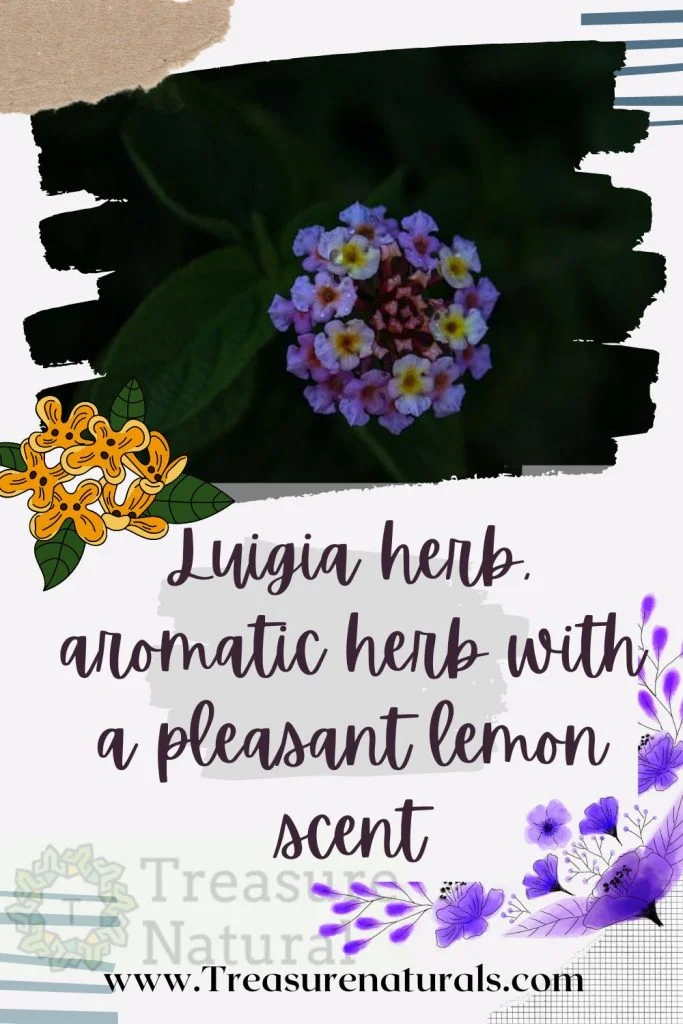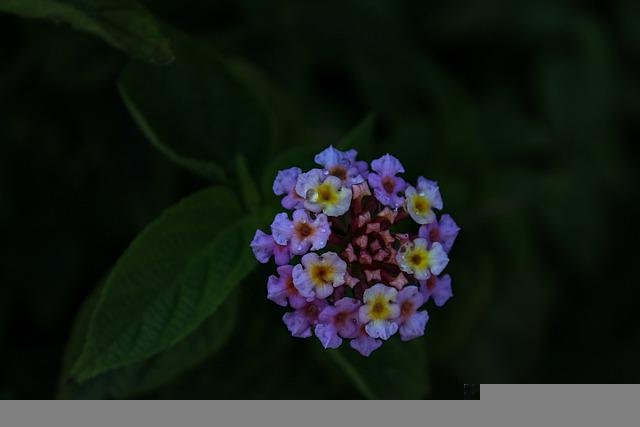
Luigia herb also called Lippia or cedrina is an aromatic plant appreciated both for its phytotherapeutic properties which indicate it as an excellent relaxing and digestive herbal tea, and for its healing properties.
Used in an infusion of leaves or essential oil, it boasts several properties: insecticide, antiseptic, anti-spasmodic, digestive, febrifuge, hepatic, sedative, stomachic and tonic.
Thanks to the pleasant lemon flavor it is excellent in making herbal liqueurs and grappas. Also used in the kitchen to flavor fresh spring dishes.
Erba Luigia: description
The herb luigia – whose botanical name is Aloysia citriodora – is a shrubby plant of the Verbenaceae family. The word c itrodora derives from the Latin and means from the scent of lemon.
It is a perennial shrub that in favorable climates can reach a height of three meters with a woody stem.
It is called in honor of Maria Luisa of Parma, wife of Charles IV of Spain, who lived between 1751 and 1819. At that time it seems that the plant was used as a perfume for the body and for the environment.
Even today the citriodora herb is widely used to make fragrant blends. In the past it was thought that a few drops of lemon verbena essential oil were enough to sprinkle on the hand of a loved one to create a love spell.
Origins of the luigia herb
The plant is native to South America where it grows wild in Peru, Chile and Argentina. In the 17th century it was the Spanish Conquistadores who brought it to Europe.
Luigia grass: the plant
Aloysia citriodora is a shrubby plant, perennial with a woody stem, which can exceed 2 meters in height.
- The leaves are lanceolate of light green color and very fragrant. The smell is similar to that of lemon balm and lemongrass
- The flowers are small, white-violet and appear in late summer
Cultivation of the luigia grass
It can be planted in the ground only in regions with a mild climate, while in cold climates it is advisable to place it in pots and take it indoors during the winter.
Reproduction takes place in July by cuttings: 8 cm twigs are taken from the branches and stem and planted in a mixture of peat and sand in equal parts.
The lemon verbena plant needs sun and to be sheltered from wind and currents.
When to water luigia grass
The land must be well-drained and sandy, the grass prefers moist soils. Water often during the summer so that the soil is never totally dry. If the tips of the leaves wither, it means that the plant is suffering from drought.
But be careful to always keep the soil well drained, so that there are no stagnations of water that can cause yellowing of the leaves.
Fertilization and pruning of the luigia grass
The fertilization of the lemon verbena plant with complete fertilizer must be carried out between April and August.
No pruning is necessary, except to eliminate the dry or damaged parts.
Luigia herb: therapeutic properties
It has always been appreciated for its pleasant smell, but it has several healing properties and many beneficial effects. In particular, it can be said that it is able to:
- stimulate the appetite
- help digestion
- eliminate intestinal gas
- perform general antispasmodic and sedative action.
For use in phytotherapy, dried or fresh leaves and essential oil are used.
Dried leaves
The leaves and flowering tops harvested in late spring and early autumn are dried in dark and ventilated places and then stored in cloth bags.
With the dried leaves you can prepare infusions with antipyretic properties. A warm infusion is able to lower fever and treat colds and inflammation of the respiratory tract.
The herbal tea acts as a natural antispasmodic, aids digestion and releases its soothing and calming action. Furthermore, it contains a high number of flavonoids and has eupeptic and stomachic properties.
You can then create compresses that placed on the eyes help fight the redness or swelling caused by daily stress and city smog.
The dried leaves are also used in potpourri and for the packaging of anti- moth bags.
Fresh leaves of luigia grass
The leaves of Luigia herb can also be used fresh, for example to prepare a restorative bath or to create a natural tonic solution for the skin of the face.
Freshly harvested leaves can be used to relieve toothache pain.
Just collect the leaves, wash the leaves, dry them, crush them in a cup and cover them with boiling water. Leave to infuse for 5 minutes covered with a cloth. After this time, squeeze them, put them in a cloth or sterile gauze and make external applications in the area affected by the toothache.
You can find the dried leaves in drugstores, herbalists and online, as well as lemon verbena products, such as liqueurs and tea mixes and seeds for growing it:
Attention intensive and prolonged use can cause gastritis.
Luigia herb essential oil
Essential oil, on the other hand, is particularly used in the cosmetic industry to make soaps, toothpastes, perfumes and beauty products of various types.
It is very effective because it has stimulating and analgesic properties for the epidermis, especially useful for fighting rheumatic pains.
A skin pack is also effective for juvenile acne sufferers, and for treating wheals and cysts. It helps reduce swelling and is also useful as a hair tonic.
Attention being a photosensitizing oil, it is not recommended to use it before exposing yourself to the sun. It can also irritate sensitive skin.
Cedrina in aromatherapy
In aromatherapy the essential oil of lemon verbena is used for its excellent relaxing and anti-stress effect on the mind, it reduces stomach spasms, cramps, indigestion and flatulence.
It also appears to have a positive effect on the liver, particularly in cases of alcohol abuse and related liver damage.
Relieves bronchial congestion and is a valuable aid in treating nervous insomnia and calms heart palpitations from stress.
Lemongrass gives off a fresh citronella-like odor that makes it excellent as a mosquito repellent.
Erba Luigia: use in the kitchen

This shrubby plant has leaves that give off a pleasant lemon scent.
Used as an aromatic herb in cooking, in moderation, they give a pleasant lemon flavor to meat and fish dishes. It takes away a hint of sourness from pork and game.
They are also used in salads, fruit salads, ice cream and jellies, jams and cakes.
The leaves can also be chopped and used to flavor soups, soups, omelettes, fillings, sauces and finally used to prepare a digestive liqueur.
Mixed spring vegetables
Ingredients for an excellent single dish or a spring side dish.
- 300 ml of vegetable broth
- 2 potatoes
- 1 carrot
- 1 onion
- 200 gr of peas
- some leaves of mint and basil
- a handful of luigia leaves
Preparation. Cut all the vegetables except the peas and brown in a pan with all the herbs for 5 minutes. Separately, blanch the peas with the vegetable broth and a pinch of pepper. When the peas are tender, add them to the pan with the vegetables and finish cooking. Serve just warm.
Aromatic pesto with luigia herb
Ingredients for a pesto with a fresh lemon aroma to dress gnocchetti and fresh pasta.
- 20 gr of luigia herb
- 50 ml of extra virgin olive oil
- 30 gr of shelled pine nuts
- 2 tablespoons of ice water
Preparation. Get some young leaves. Wash and dry well. Blend pine nuts, Luigia grass, salt and oil, also combining cold water to obtain the right consistency. Also use ice-cold water so that the pesto does not oxidize and remains nice and clear.
The cream obtained should be kept in a glass jar and covered with oil for a few days.
Luigia herb liqueur
The liqueur is a pleasant digestive with a fresh lemon aroma.
To prepare it you need the leaves collected in summer. Its preparation is similar to that of other natural digestives such as limoncello. The alcohol content is around 30 °, the color appears greenish and is excellent if enjoyed cold at the end of lunch.
Let’s see how it is prepared. Ingredients:
- About 80 leaves of luigia grass
- 500 ml of pure alcohol at 96 °
- 500 ml of mineral water
- 500 gr. of sugar
Preparation. Heat the water and sugar in a saucepan until it dissolves completely. Then leave to cool, in the meantime wash the lemon verbena leaves well and dry with meticulous care, one by one. Put the leaves on the bottom of an airtight container and add all the alcohol and the syrup which has cooled in the meantime.
Let it rest for 40 days in a cool and well-ventilated place, remembering to shake the jar 1-2 times a day. After 40 days, filter through a narrow mesh strainer and bottle. The Luigia herb liqueur is ready. Consume very cold after lunch as a digestive.
Once filtered and bottled, you can keep it in the refrigerator or freezer, so as to serve it very cold






